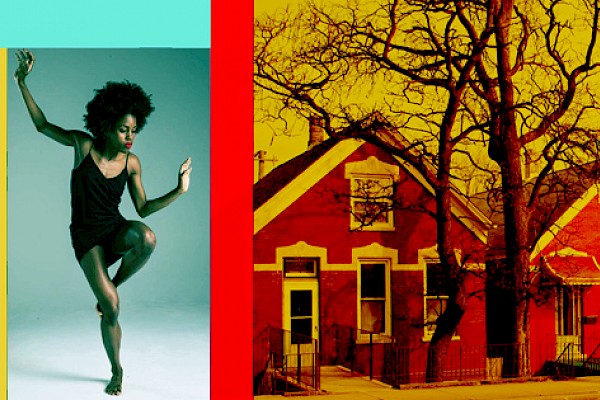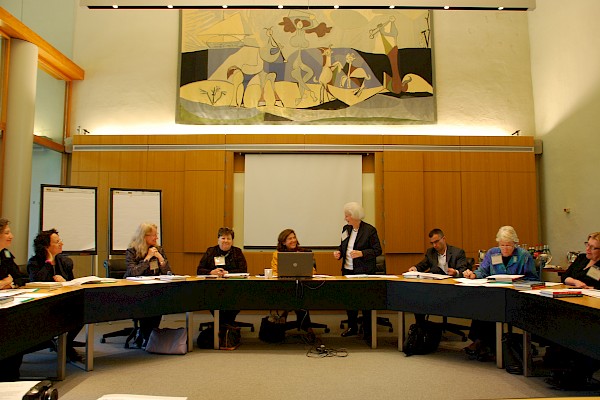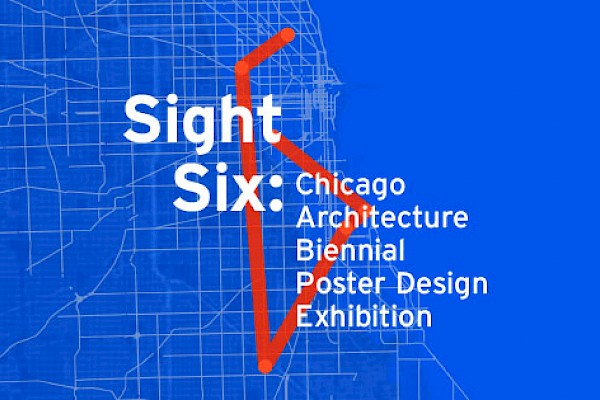In 2014, 43 students were kidnapped by the government in Ayotzinapa (State of Guerrero, Mexico)—this case against human rights caught the world’s attention. Francisco Toledo created a series of 43 kites with the faces of the missing students and asked children to fly them in the streets as a public act of civil resistance. Flying kites as a public activity confronts users with the awareness of their surroundings and exposes them to the territorial logic that requires encounters with others. This program will recreate that event and engage participants in a collective reflection about art, architecture and their relationship to activism practices.
Inspired by the work of Mexican artist Francisco Toledo—significant activist in Oaxaca’s civic scene and known for using his art practice as a tool for social and political change, undergraduate architecture students from Tecnológico de Monterrey (Querétaro Campus) host this public program to reflect and challenge the role of artistic and architectural practices as a means to transform the contemporary city and its public realm.
This program has been developed as part “Betweenness”—a research project focused on understanding the political, social, economic, geographical and territorial dynamics of Oaxaca City to design strategies that respond to the its multidimensional character.





